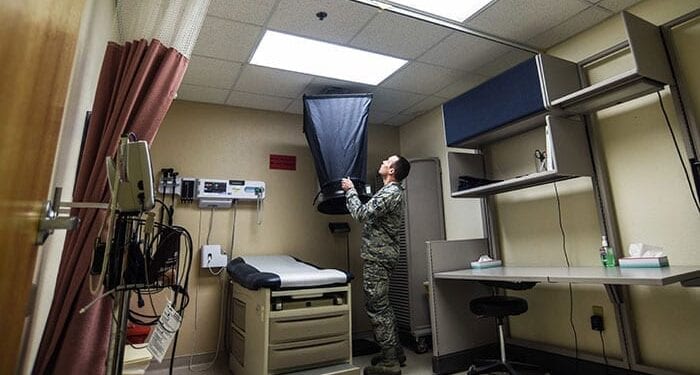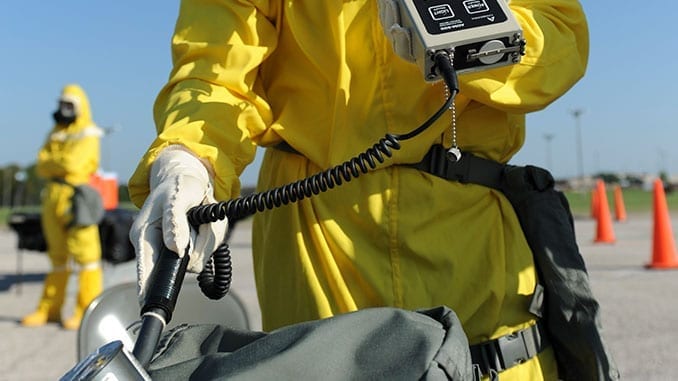

“We will definitely be able to utilize this knowledge to improve upon our capabilities and America’s ability to respond to anything like this in the future. “There are so many different lessons learned from this event that it is hard to count them,” he said. “The entire military, and the world really, is changed forever,” she said. While the flight still supports those activities, Keaton said, she has learned a lot responding to the crisis because there were so many factors to consider for an infectious disease outbreak and response. The flight collects air samples, performs noise surveys, inspects radiation and responds to emergency situations. “We have split our shifts to limit the number of people in the office and we spent two weeks fit testing the entire hospital staff.”īefore the new coronavirus pandemic, a ‘normal day’ for the bioenvironmental engineering flight would consist of performing a number of different actions.

“Since the COVID-19 outbreak, we have stopped (most) non-COVID related tasks so we can have all hands-on deck,” said Keaton. The flight is responsible for ensuring those devices fit individuals properly however, Keaton said, the new coronavirus has led to a few changes. This highlights another aspect of the bioenvironmental engineering flight mission, the evaluation of PPE and the fit testing of gas masks and respirators. Once we have a physical model, we can test the capability the same way we perform fit testing on medical personnel.” “We explain the design criteria, what mechanisms we are looking for and we give those directions to Phoenix Spark. “We know what is needed to protect people,” said Kimber Keaton, 60th AMDS Bioenvironmental Engineering Flight technician. These devices include, but are not limited to, face-shields, intubation boxes and patient transport enclosures.” “We have focused our innovation projects on areas that will allow us to optimize our supply of PPE. “We have developed, analyzed, field-tested and implemented the use of many different PPE devices,” he said. Team Travis produced its first face shield March 25 and is now producing up to 400 face shields a day thanks to added efforts of the 60th Maintenance Squadron Fabrication Flight however, Weaver stressed, his team is focused on doing even more. “They also better limit the amount of potential contamination, and the face shields designed at Travis AFB, can be decontaminated compared to normal medical face shields which are typically one-time use.” “Face shields provide greater protection of a healthcare provider’s face that is susceptible to pathogen entry,” he said. Weaver and his team’s input led to the development of face shields rather than some form of mask or protective covering. I refocused the innovation team to best align with current Centers for Disease Control and Prevention guidance on implementing strategies for optimizing PPE and equipment within medical units.” Phoenix Spark 3D printed out the first prototype respirator at the beginning of the process. “The bioenvironmental engineering flight began to work with the Travis Phoenix Spark innovation cell to look for solutions. “Many hospitals were having shortage issues of N95 masks and many people around the world started to look for solutions to this,” Weaver said.

Weaver, who has been assigned at Travis AFB since July 2019, leads his unit’s efforts to develop innovative solutions to the PPE challenges and concerns. “Our mission is extremely diverse and can vary drastically.” Aaron Weaver, 60th AMDS Bioenvironmental Engineering Flight commander. “We are specialists in occupational health, environmental health, radiation, both ionizing and non-ionizing, and emergency response and readiness training for chemical, biological, radiological and nuclear incidents,” said Lt. The COVID-19 crisis has put the 60th Aerospace Medicine Squadron Bioenvironmental Engineering Flight on the front line of Travis’ response. Air Force medical personnel, like medical professionals all over the world, are working to conserve the personal protective equipment needed to care for patients. An old proverb, “necessity is the mother of invention,” can aptly be used to describe how Travis Air Force Base team members are swiftly responding to the COVID-19 pandemic.


 0 kommentar(er)
0 kommentar(er)
